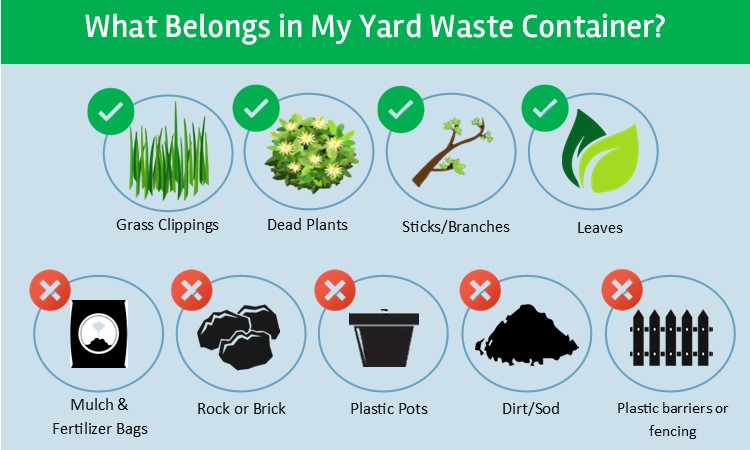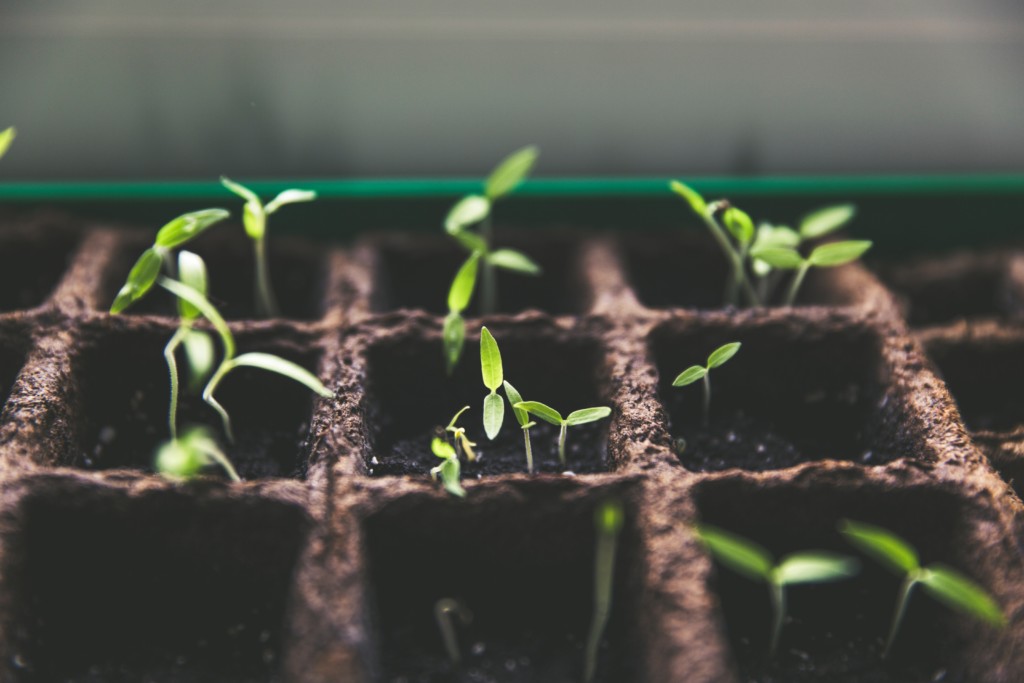What is Yard Waste?
Yard Grooming
Your weekend was well spent mowing the lawn, trimming the trees and pruning the shrubs. Where does all the yard waste go? Your grass clippings, twigs and limbs, and the shrubs you pruned are all considered yard waste. Each year around 216 pounds of yard waste is generated per person. According to the EPA, yard trimmings added up to more than 35 million tons back in 2017. That is approximately 13% of municipal solid waste (MSW).
How Do I Dispose of Yard Waste?
Since it is illegal to dispose of yard waste with regular garbage in the state of Illinois, disposal companies offer a yard waste pick up service at the curb. There are many types of yard waste accepted at the curb from April 1st – November 30th.


Healthy soil should have about 5% organics. That means that an acre of land can hold 80 thousand more gallons of water if compost is added.

According to the EPA, for every acre that has 1% organic matter, the soil can hold 16 thousand more gallons of water.
Composting Yard Waste
What is Compost?
Instead of disposing at the curb, collect your yard waste and organic food scraps to create your own compost. Putting together your own compost bin is an easy way to dispose of your yard waste.
Yard waste can be productive for the well-being of your yard and it’s good for the environment. The structure of your soil improves the way the soil holds nutrients for the plants. The more fertile the soil is, the less water that will be needed and used. When the soil is fertile, it retains moisture longer. Also, if you struggle with keeping your plants alive, using compost in your garden can keep away plant disease more frequently.
How Do I Start Composting?
Once you decide that you want to compost, you need to decide if you want to buy a bin or create a contained area where you will store your compost. One thing to keep in mind is that animals can be attracted to your compost area. Making sure the area or bin is enclosed and secure is crucial to keeping pests away.
For a successful compost area, create a mixture of materials that are high in nitrogen and carbon. The materials that are high on nitrogen will be your greens. This includes grass cuttings, fruit and veggie scraps and more. The materials that are high on carbon will be the brown components. This includes materials such as dead plants, weeds and leaves.
Not getting enough air can cause the pile to have a sour smell. To give the pile more air, move around the compost pile and try to add more materials that are high in carbon. It is helpful to know that there should be some moisture in your compost pile. Materials that are high in nitrogen are important because they help keep the compost pile moist. If the pile is too wet, add air into the compost area.
It is a good idea to either layer or mix the materials in your compost area. Having wet and dry materials mingle with each other keeps the pile from clumping. Turn your pile once a week to help keep a consistent air flow inside the pile.


